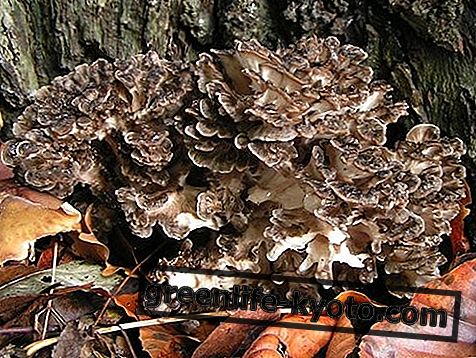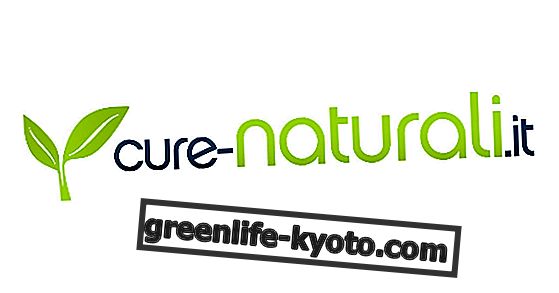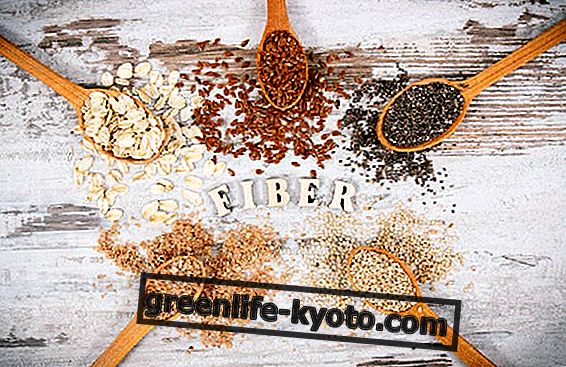Edited by Ilaria Porta, Iridology Naturopath
Maitake is a medicinal mushroom able to strengthen the body's defenses . Known in particular because it has multiple actions to regulate blood sugar, it is also useful for controlling hypertension. Let's find out better.

Mushroom description
In Japan Maitake means "mushroom of the dance", a legend says that people dance when they found this mushroom in the forest.
Another story tells that the name derives from the shape of the fruiting body that looks like a cloud of dancing butterflies.
The name Grifola frondosa probably derives from the name "grifone" a mythological animal with the head and wings of an eagle and leafy means "in the shape of a leaf. It grows in groups and usually has large dimensions it can reach up to 40-45cm in diameter almost a volleyball. The stems blend together at the base of oak, beech and other dead trees.
The mushroom hunters in Japan jealously guarded the places where the Maitake grew and kept them secret, these areas were called "treasure islands" and where they were it was strictly secret. Many collectors kept this secret for life and revealed it to the eldest son in the will so that only he would know the "road of treasure".
Only in recent years has cultivation been developed for researchers and scholars for those who use them.
The properties of the Maitake
This fungus has two main fields of action: the immune area and the metabolic area.
The maitake has active ingredients capable of strengthening the body's defenses, represented above all by betaglucans. More precisely, the intake of leafy Grifola stimulates the activity of particular white blood cells, such as macrophages, T lymphocytes and NK cells (natural killer), enhancing the immune response.
In recent years, science has evaluated the protective effects that Maitake can also exert against some neoplastic pathologies with a metastatic tendency or a high recurrence rate. More recently, some studies have investigated the effectiveness of Maitake extracts in inducing apoptosis (programmed death) of prostate cancer and breast cancer cells. The contribution of this fungus to alleviate some undesirable consequences of chemotherapy has also been shown, since it appears from subsequent studies that it can be used simultaneously with chemotherapy.
Maitake is useful in cell protection and antineoplastic prevention, slowing or inhibiting tumor growth and antimetastatic action.
Furthermore, it performs a powerful action in the metabolic syndrome and blood glucose reduction, which all fungi have, but the Maitake in particular has multiple actions to regulate blood glucose levels.
One of the mechanisms of action for this fungus is the inhibition of the enzyme alpha-glucosidase responsible for the digestion of starches and therefore the absorption of sugars. This action is greatly increased by the simultaneous intake of two other mushrooms, Coprinus comatus and Cordyceps sinensis.
Its regular intake improves glucose tolerance and peripheral insulin sensitivity. It also exerts a hypotensive action and this can be useful for the control of hypertension which is one of the cardiovascular risk factors.
This fungus works on weight control and was in fact also studied in cases of overweight and obesity. Another important action is that of inhibiting the synthesis of triglycerides and a reduction of cholesterol and blood triglycerides.
Finally, it can also be useful in the prevention and treatment of liver diseases.
The Maitake among the natural remedies against high cholesterol: discover the others

When to use it
Metabolic syndrome, degenerative diseases with a tendency to metastasis, in the case of obesity and overweight, strong action on the immune system.
The "Signature doctrine" reminds us that this fungus looks like the papillomatous proliferation of the bladder and, in fact, on a scientific level it has been useful in the treatment of urothelial carcinomas of the bladder and above all in the prevention of recurrences together with Polyporus umbellatus which has a similar shape and it has a diuretic and therefore mucosal washing action.
The association of Maitake and Polyporus is very useful in the management of inflammatory and bacterial cystitis resulting in bladder instillations with Bacillus Calmette Guerin or with other chemotherapeutic drugs. The intake of vitamin C that enhances the fungus must always be associated.
Organotropism has the liver, pancreas, bladder, bones and brain.
The Maitake in traditional Chinese medicine
It is the mushroom of the Water and Metal Lodges, it acts on the Lung and Kidney Meridians, it has a refreshing effect with toning action on the Yin kidney.













